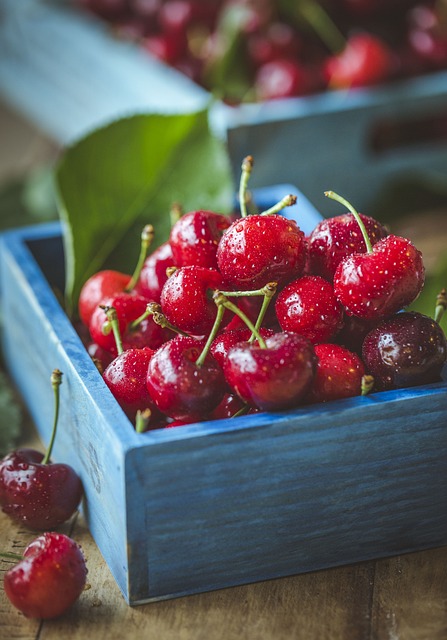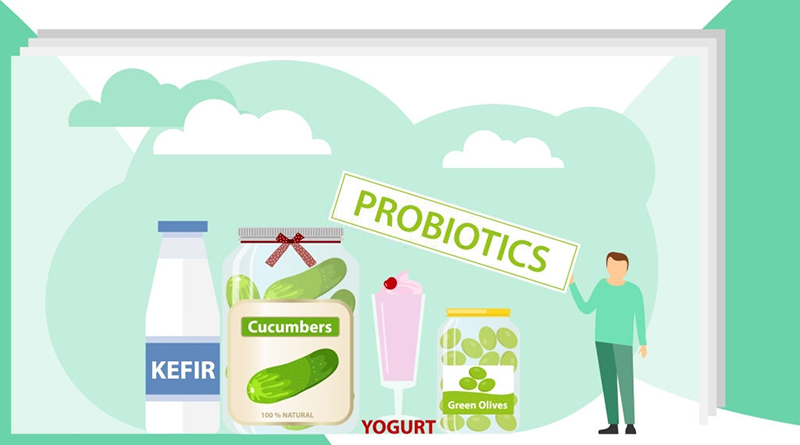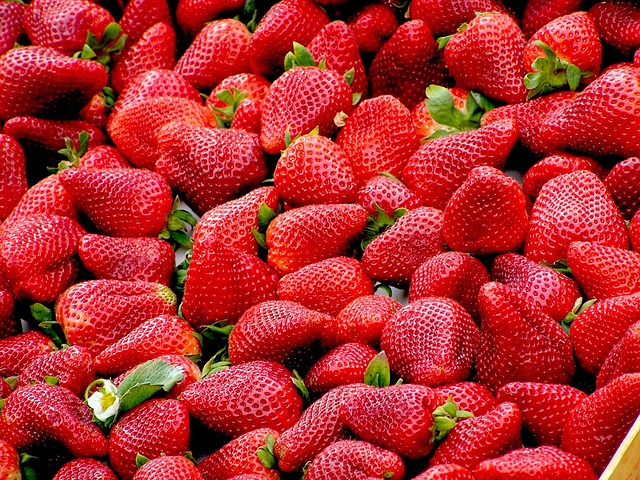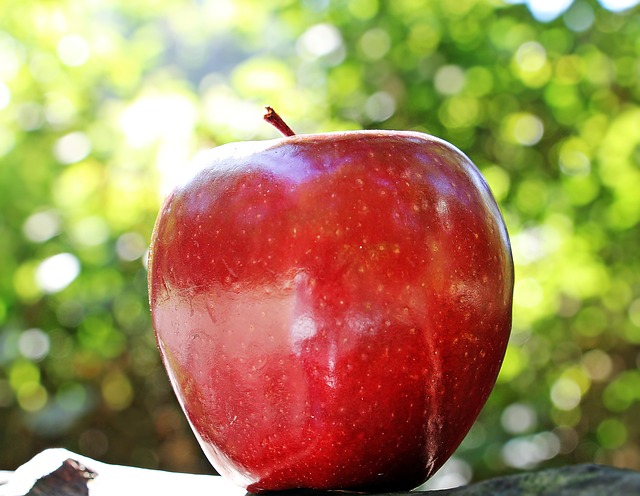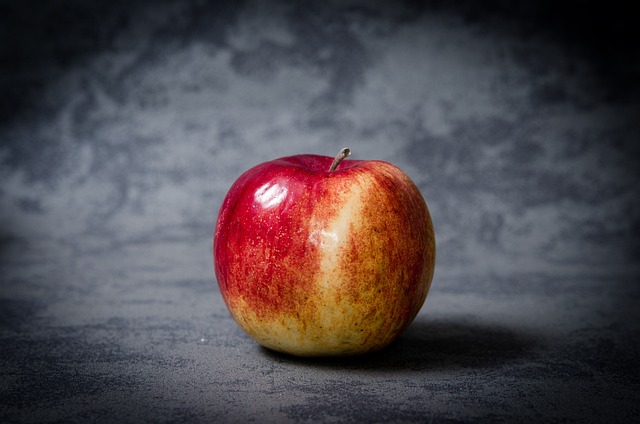Beyond Yogurt: Unconventional Probiotic Sources You Need to Try
Probiotics are live bacteria and yeasts that are good for your digestive system. They help keep your gut healthy by balancing the friendly bacteria in your intestines. Most people think of yogurt as the go-to source for probiotics, but there are plenty of other foods and drinks that are rich in good bacteria. Here are some unconventional probiotic sources you need to try:
Kombucha
Kombucha is a fermented tea that has been enjoyed for centuries in Asia. It’s made by adding a symbiotic culture of bacteria and yeast (SCOBY) to sweetened tea and allowing it to ferment for a few weeks. The result is a lightly effervescent, slightly tart, and slightly sweet drink that’s packed with probiotics. Kombucha has become increasingly popular in recent years as people look for healthy alternatives to sugary sodas and energy drinks.
Kefir
Kefir is a fermented milk drink that’s similar to yogurt, but thinner in consistency. It’s made by adding kefir grains (a symbiotic culture of bacteria and yeast) to cow’s milk, goat’s milk, or plant-based milk, and allowing it to ferment for 24-48 hours. Kefir is packed with probiotics, protein, and calcium, making it a nutritious addition to your diet. It has a slightly tangy taste and can be enjoyed on its own or added to smoothies and other drinks.
Sauerkraut
Sauerkraut is a classic German dish made from fermented cabbage. It’s packed with probiotics and other beneficial nutrients, such as vitamin C and fiber. To make sauerkraut, cabbage is chopped and mixed with salt, which helps to draw out the water and encourage fermentation. The mixture is then packed into a jar or crock and left to ferment for several weeks. The result is a tangy, slightly sour, and crunchy condiment that’s perfect for adding to sandwiches, salads, and other dishes.
Miso
Miso is a traditional Japanese seasoning made from fermented soybeans, rice, or barley. It’s a staple in Japanese cuisine and is commonly used to make miso soup. Miso is packed with probiotics and other beneficial nutrients, such as protein and fiber. It has a salty, umami flavor that’s perfect for adding depth of flavor to soups, marinades, and other dishes.
Tempeh
Tempeh is a traditional Indonesian food made from fermented soybeans. It’s a rich source of probiotics, protein, and other nutrients, such as iron and calcium. Tempeh has a nutty, slightly earthy flavor and a firm, chewy texture. It can be sliced and fried, baked, or added to stir-fries and other dishes.
Kimchi
Kimchi is a traditional Korean side dish made from fermented vegetables, typically cabbage or radish. It’s packed with probiotics and other beneficial nutrients, such as vitamin C and fiber. Kimchi has a spicy, tangy, and slightly sour flavor that’s perfect for adding to rice bowls, sandwiches, and other dishes. It’s also a great source of heat-stable probiotics, which means they survive the cooking process.
Conclusion
Probiotics are essential for keeping your gut healthy and balanced. While yogurt is a great source of probiotics, there are plenty of other foods and drinks that are packed with good bacteria. Kombucha, kefir, sauerkraut, miso, tempeh, and kimchi are just a few examples of unconventional probiotic sources you need to try. Incorporating these foods into your diet can help improve digestion, boost immunity, and promote overall health and well-being.

